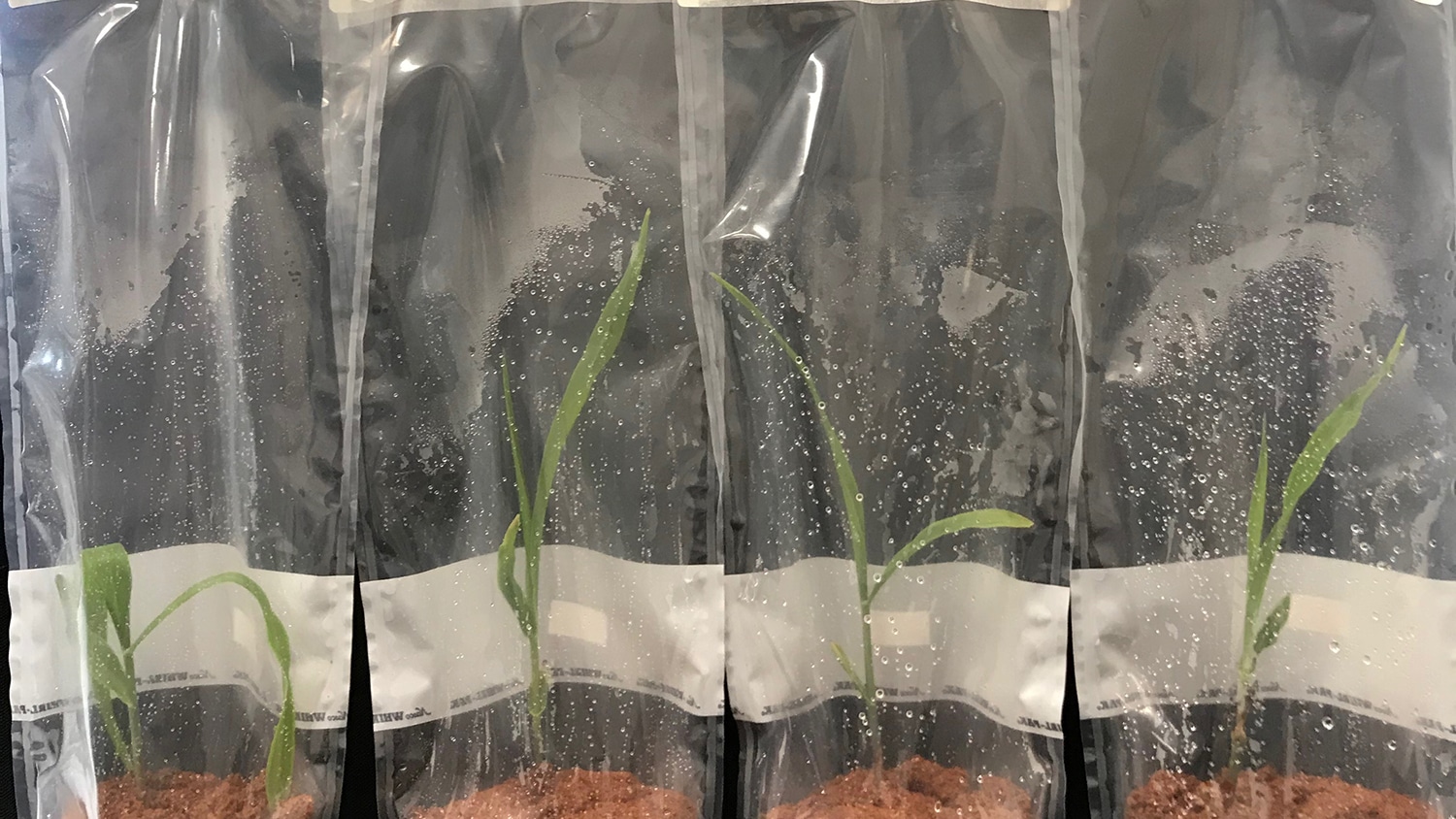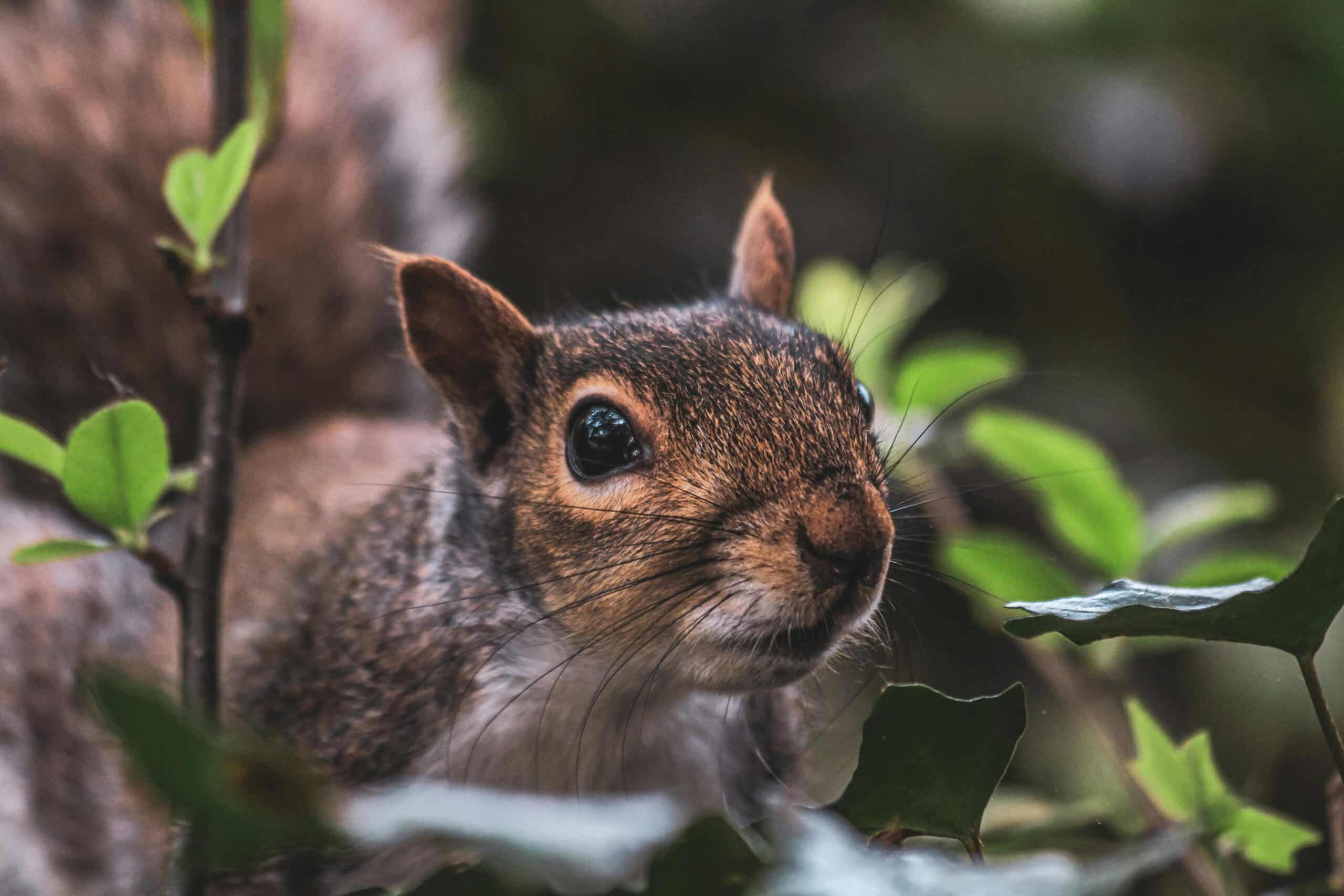Microbes Play Role in Corn ‘Hybrid Vigor’

For Immediate Release
The tiny organisms living in soil may have a greater effect on the yield and pest and disease resistance of crop plants grown in that soil than previously known.
Researchers at North Carolina State University and the University of Kansas have shown that soil microbes – microscopic organisms like viruses, bacteria and fungi found throughout nature – play a role in the phenomenon of heterosis or “hybrid vigor,” the superior performance of crossed plant lines, or hybrids, over inbred plant lines. Hybrids are often used by farmers for agricultural production due their superior crop yields.
Research into hybrid vigor has generally highlighted the roles of genetic and abiotic environmental factors behind the phenomenon. So finding that the biotic soil environment impacts heterosis was a bit surprising and serendipitous, the researchers say.
“This work moves us toward a better understanding of what’s driving heterosis,” said Manuel Kleiner, an assistant professor of plant and microbial biology at NC State and a co-corresponding author of a paper describing the research. “Microbes are critical players in causing effects on corn plants – it’s not just temperature and soil type.”
The researchers experimented with two types of inbred corn plants and a hybrid of those two lines in laboratory and field tests in North Carolina and Kansas.
The researchers started by growing hybrid and inbred corn plants in sterile bags; both types of plants grew similarly sized roots and shoots inside the bags. But when the researchers added to the bags a controlled set of microbes known to associate with corn roots in nature, hybrid lines grew more than inbred lines – their roots and shoots weighed more – showing the expected effects of heterosis.
“This seemed to be the result of a negative microbial effect on inbred lines, rather than a helping effect on hybrids,” Kleiner said.
Similar heterosis-enhancing activity of microbes was observed in field tests in North Carolina in which hybrid and inbred lines were grown in untreated plots, plots treated with an antimicrobial chemical, and in plots treated with both the antimicrobial chemical and a method of “cooking” the soil by sending ultra-hot steam into it.
Surprisingly, when a similar experiment was performed in Kansas, the opposite effect was observed – treatments that reduced the microbial populations in the soil caused increased heterosis.
“We can now say that microbes will have effects on heterosis, but we can’t predict the direction of those effects,” Kleiner said.
“We know that microbes are affecting inbreds and hybrids of corn in different ways, but the effects may depend on the environment or on the particular microbes in the soil,” said Peter Balint-Kurti, USDA professor of plant pathology at NC State and a paper co-author.
The researchers plan to continue their work studying the effects of microbes on corn heterosis.
The paper appears in Proceedings of the National Academy of Sciences. The research was supported by the National Science Foundation under awards IOS-2033621and OIA-1656006. Maggie Wagner, an assistant professor of ecology and evolutionary biology at the University of Kansas and a former postdoctoral researcher at NC State, is the lead and co-corresponding author of the paper.
-kulikowski –
Note to editors: An abstract of the paper follows.
“Microbe-dependent heterosis in maize”
Authors: Clara Tang, Fernanda Salvato, Alexandria Bartlett, Simina Vintila, Shannon Sermons, Mark Hoffmann, Peter J. Balint-Kurti and Manuel Kleiner, North Carolina State University; Maggie R. Wagner, Kayla M. Clouse and Laura Phillips, University of Kansas
Published: July 20, 2021 in Proceedings of the National Academy of Sciences
Abstract: Hybrids account for nearly all commercially planted varieties of maize and many other crop plants, because crosses between inbred lines of these species produce F1 offspring that greatly outperform their parents. The mechanisms underlying this phenomenon, called heterosis or hybrid vigor, are not well understood despite over a century of intensive research. The leading hypotheses – which focus on quantitative genetic mechanisms (dominance, overdominance, and epistasis) and molecular mechanisms (gene dosage and transcriptional regulation) – have been able to explain some but not all of the observed patterns of heterosis. However, possible ecological drivers of heterosis have largely been ignored. Here we show that heterosis of root biomass and other traits in maize is strongly dependent on the belowground microbial environment. We found that, in some cases, inbred lines perform as well by these criteria as their F1 offspring under sterile conditions, but that heterosis can be restored by inoculation with a simple community of seven bacterial strains. We observed the same pattern for seedlings inoculated with autoclaved vs. live soil slurries in a growth chamber, and for plants grown in steamed or fumigated vs. untreated soil in the field. In a different field site, however, soil steaming increased rather than decreased heterosis, indicating that the direction of the effect depends on community composition, environment, or both. Together, our results demonstrate a novel, ecological phenomenon whereby soil microbes differentially impact the early growth of inbred and hybrid maize.


